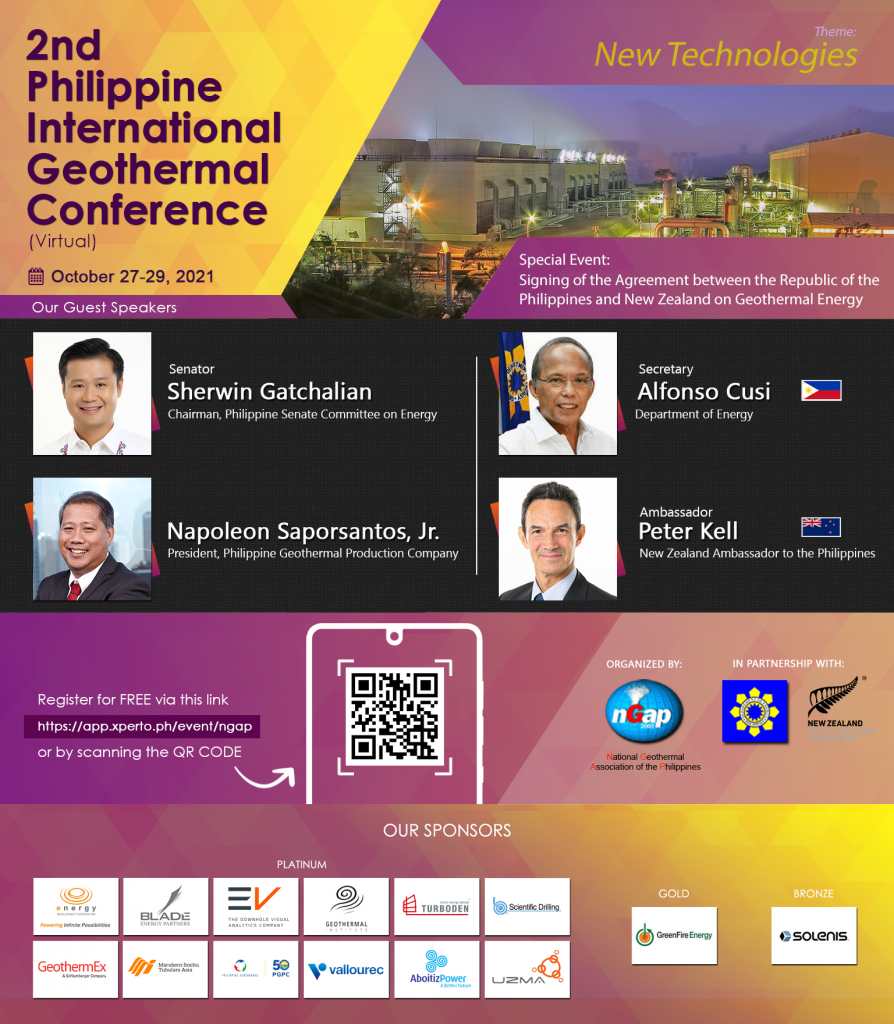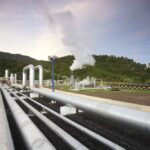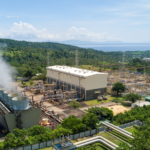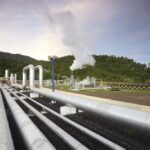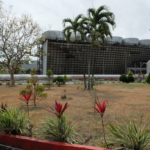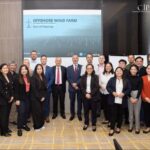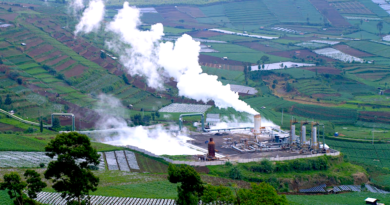How to push geothermal development in the Philippines?
Energy Disrupter
Atty. Penarroyo cites innovations in technology and a clear regulatory framework for incentivizing geothermal energy financing as some of the needed factors for the Philippine geothermal industry
In a keynote at the recently held Philippine Geothermal Conference organized by the National Geothermal Association of the Philippines (NGAP), Attorney Fernando Peñarroyo talked about the factors necessary for the further development of the geothermal industry in the Philippines. We are pleased he allowed us to republish from his blog.
Ladies and gentlemen, after listening to geothermal best practice presentations and thought-provoking discussions and deliberations, the three-day Second Philippine International Geothermal Conference has indeed been a resounding success. I would like to express my deepest gratitude to the speakers, panelists, and moderators for their valuable contribution to our conference and of course to all who attended the conference and helped make it such a successful virtual event.
It is also a privilege and honor to deliver the closing keynote at this gathering of different stakeholders of the international geothermal community. We have been introduced to information, statistics, interpretations, breakthrough ideas and visions. Numerous topics have been outlined covering the whole spectrum of geothermal as seen from the perspective of developers, service companies, regulators, academics, and investors alike. I hope you will take some time to process these information and consolidate with your professional experiences and perspectives. There were a number of more specific questions raised during the panel sessions which may need further examination by NGAP as well. Our national geothermal association aims to keep its members updated on the latest industry developments and I am certain that the takeaways from this conference will further stimulate NGAP’s advocacy for the future.
I believe it would be appropriate and useful to summarize some of the themes emanating from this conference and share with you my ideas on how we can push our industry forward.
We now live under the constant threat of climate change and the urgency to provide reliable electricity to our countrymen. Without a cheap and reliable source of power, those who live in the countrysides are deprived of the opportunity for quality education, health care, and livelihood. The international community has undertaken to achieve such objectives under the Paris Agreement and Sustainable Development Goals.
The international energy sector has also been impacted by Covid-19, as governments introduce stimulus packages and investors prepare for an economic rebound. Together with the Paris Agreement and Sustainable Development Goals, COVID-related economic recovery will push government action and policies towards low-carbon energy technologies to encourage private investments in clean energy transition projects.
According to “The Economist”, we are now staring at the first big energy scare of the “green era” with soaring fossil fuel prices and power outages in big consumers like China and India. The global economic recovery has increased electricity consumption, leading to a shortage of fuel for power generation. Power prices are surging in response to record shortages of coal and natural gas. This has exposed a major problem in the existing energy market – inadequate investment in renewables. The world may escape a severe energy recession, however, the cost will be higher inflation and slower growth. Here in our backyard, we are also facing the imminent depletion of the Malampaya natural gas field which may disrupt our power supply particularly in Luzon island.
To drastically reduce carbon emissions, address energy supply instability, and achieve sustainable development goals, we must increase the use of renewables. Geothermal energy is in a unique position to achieve all of this.
How do we achieve this? First, the private industry must fully develop our geothermal resources through innovations in technology. Second, the government must address the challenges in the financing of geothermal projects. Third, the partnership among the various stakeholders must be strengthen.
There is no need to belabor the fact that geothermal is a reliable, stable and baseload energy source. It is dispatchable on demand, and certainly less vulnerable to climate change like solar, wind, and hydro. The levelized cost of energy is also very competitive.
The Philippine geothermal industry is a mature market and technological innovations will continue to be a main driving force to find additional resources and make existing facilities efficient. During the past three days of our conference, we witnessed the efforts of private companies in collaboration with research institutions to bring much-needed technological innovations to realize the potential of geothermal as a zero-emission energy source. Topics on exploration and development, low-medium temperature systems, binary systems, acid systems, power plant reliability, and efficiency improvement systems were discussed and deliberated. The Philippine geothermal industry has indeed a lot to contribute and speed-up technological innovation. There are promising technological innovations taking place. Other countries are closely monitoring these developments and the global industry will certainly look into the Philippine model as something to emulate.
Aside from innovations in technology, the Philippine geothermal industry also needs innovations in finance and policy to incentivize the development of new technologies and mitigate risks. Geothermal’s large initial cost and upfront risk have prevented the Philippines from unlocking its remaining potential. Challenges are also related to the power market, grid transmission, unclear legal and regulatory frameworks, and lack of financing from the private sector. The rules and procedures associated with land-use rights are complicated. This also makes and access for renewable energy projects difficult.
This is the reason why innovations in finance and government policy are important. A clear regulatory framework is the cornerstone of promoting and incentivizing geothermal energy project financing. On the policy side, regulations that stimulate and incentivize private sector participation are critical.
Geothermal energy has not enjoyed the same level of incentives as other renewables. Our association has called the attention of the government that the current Renewable Portfolio Standards Rules include provisions that discriminate against “legacy plants”, which are facilities that have been existing prior to the passage of the Renewable Energy Law in 2008. This discrimination will have the effect of making rehabilitation and fuller utilization of existing facilities ineligible for RPS.
It is also NGAP’s position that there is no legal impediment for geothermal, a non-intermittent RE resource, to avail of the benefit of priority dispatch as the law does not only limit it to intermittent renewable energy resources. This bias against geothermal, is contrary to the Declaration of Policies under the RE Law which states that the acceleration and development of renewable energy resources is aimed to reduce the country’s dependence on fossil fuels and minimize the country’s exposure to price fluctuations in the international market.
As for financing, we need to scale up the application of guarantees and insurance schemes for exploration drilling. Considering that the major spending on geothermal exploration is the drilling of deep exploration wells, NGAP is lobbying the Philippine government to consider providing a mechanism to tap funds that may be available. These funds may come from local sources, international organizations promoting renewable energy or Green Climate Fund, to provide financial support during the geothermal exploration drilling stage. We respectfully call on the government to assist the industry in accessing these funds to mitigate exploration risks. Public policies are also needed to incentivize private investment in the research, development, and deployment of new technologies and financial innovations systems.
Lastly all the technical, financial, and policy innovations calls for a concerted action among all stakeholders, to join forces and mobilize all our collective knowledge. Innovations can break down barriers in technology, finance, and policy. Through our partnerships, we can surmount institutional obstacles. An intense dialogue among all stakeholders, namely government, developers, financial market regulators, lenders, and investors, is recommended to build an effective cooperation framework. Academia, and civil society can also help in vetting these innovations. This cooperation will result in strategic reorientation of private investments and align the objectives of economic recovery packages with low-carbon energy development.
The continuing Philippines-New Zealand Cooperation Agreement on geothermal development is much appreciated by the industry. We look forward to the the New Zealand’s government’s provision of scholarship and training of our industry professionals. The development of our industry cannot be done without investing in human resources and addressing human development.
I would like to close my keynote and officially announce the end of the conference and wish the continuing success of our geothermal industry. My deepest appreciation are of course reserved for the NGAP Board of Trustees, the Training Committee, and the conference secretariat for their priceless contributions and running this virtual event. Heartfelt thanks also to our sponsors who continue to tirelessly support all endeavors of NGAP. Since the Philippine International Geothermal Conference is an annual event, we look forward to seeing you again in 2022, when we shall reconvene, hopefully under normal circumstance, to discuss another topical theme affecting the industry. Thank you, Salamat at Mabuhay Tayong Lahat!
Source: Official blog of Atty. Fernando Peñarroyo


